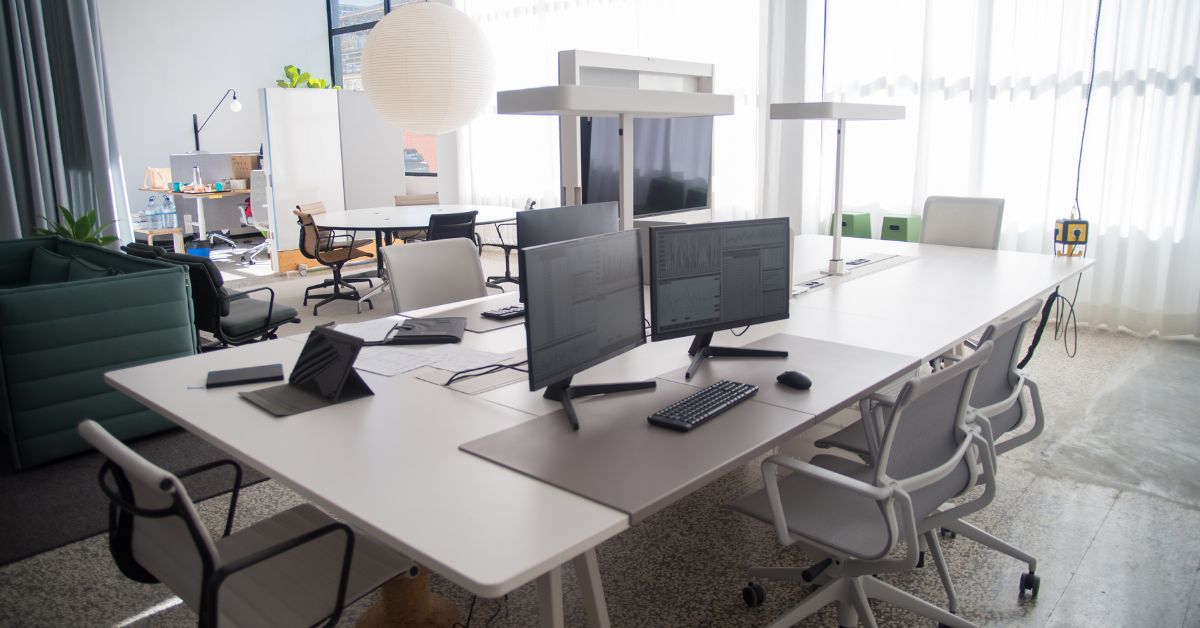The modern office is undergoing a significant transformation, driven by a number of factors, including the rise of remote work, the increasing adoption of digital tools, and a growing emphasis on employee well-being. As a result, traditional storage facilities are no longer fit for purpose.
The Changing Role of Storage
In the past, offices were designed to accommodate large amounts of physical storage for paper documents, files, and other materials. This was because businesses relied on physical copies of their records to conduct their day-to-day operations. However, with the digitization of many business processes, the need for physical storage has diminished.
Today, most businesses store their records electronically. This has freed up valuable physical space in offices, which can be used for more productive purposes. Additionally, the rise of remote work has further reduced the demand for traditional storage space. As more employees work from home, they no longer need to store their belongings in a central office location.
A Shift to Digital Storage
The digitization of many business processes has significantly diminished the need for physical storage. With documents, invoices, and other records increasingly stored electronically, the vast stacks of paper files that once dominated office spaces have become a relic of the past. This shift has not only freed up valuable physical space but has also streamlined operations and enhanced accessibility.
A Decline in Traditional Storage Due to Remote Work
Furthermore, the rise of remote work has further reduced the demand for traditional storage space. As more employees embrace flexible work arrangements, spending a greater proportion of their time working remotely, the need for dedicated storage in central office locations has diminished. This trend has led organizations to reconsider their approach to storage and adapt their facilities to meet the evolving needs of the modern workforce.
Reimagining Storage Facilities for Modern Needs
To thrive in the modern office, organizations must adopt digital storage solutions and reimagine storage facilities. Digitizing records frees up space for productive workspaces, while cloud storage eliminates on-premise storage needs.
 Optimizing Space with Smart Storage Solutions
Optimizing Space with Smart Storage Solutions
Smart storage systems have emerged as a valuable tool for organizations seeking to optimize their use of space and track the location of their assets. These innovative solutions employ advanced technology to provide real-time visibility into inventory levels, storage utilization, and asset movement, enabling businesses to make informed decisions about space allocation and resource management.
Creating Collaborative Hubs from Storage Areas
Rather than viewing storage areas as mere repositories for inactive records, organizations can transform them into dynamic collaboration hubs. By incorporating flexible furniture arrangements, incorporating technology-enabled workspaces, and fostering a culture of open communication, storage areas can become vibrant centers of creativity and innovation.
Prioritizing Employee Well-being in Storage Design
The design of storage areas should prioritize the well-being of employees. Clean, organized, and well-lit spaces contribute to a positive and productive work environment. Additionally, incorporating ergonomic considerations into storage solutions can minimize strain and discomfort, promoting employee health and safety.
Embracing a Modern Approach to Storage
Adapting storage facilities to the modern office requires a new approach that aligns with the evolving nature of work. Digital solutions, smart storage systems, and a focus on employee well-being can create efficient, productive, and engaging workplaces. Businesses that embrace these changes will thrive in the years to come.

